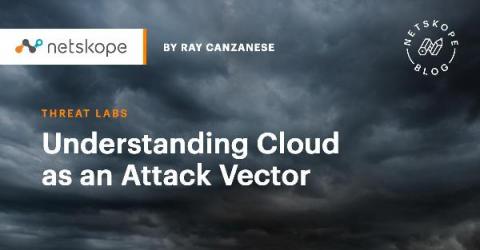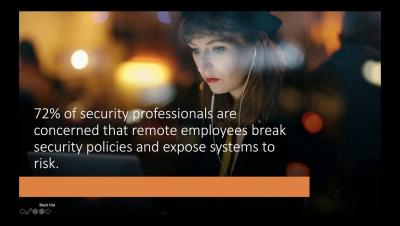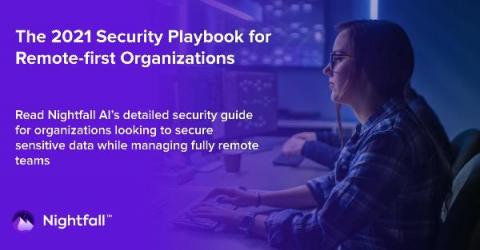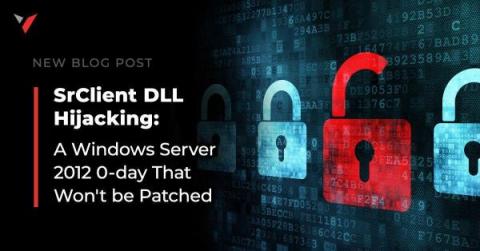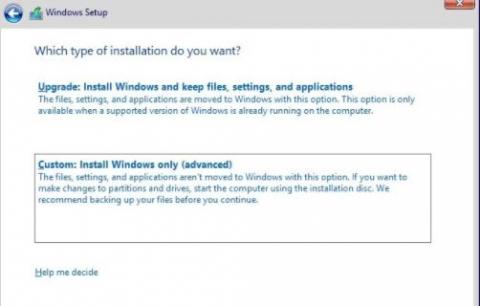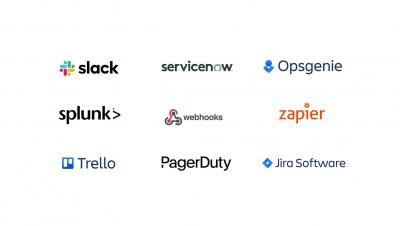Understanding Cloud as an Attack Vector
In December, Netskope Threat Labs presented our work, “Cloud as an Attack Vector,” at the 23rd International AVAR Cybersecurity Conference. The Association of Antivirus Asia Researchers (AVAR) is a non-profit organization with members from 17 countries and facilitates knowledge sharing, professional development, networking, and partnering for cybersecurity experts and organizations. Ours was one of 27 presentations from 14 different countries featured at the conference.


